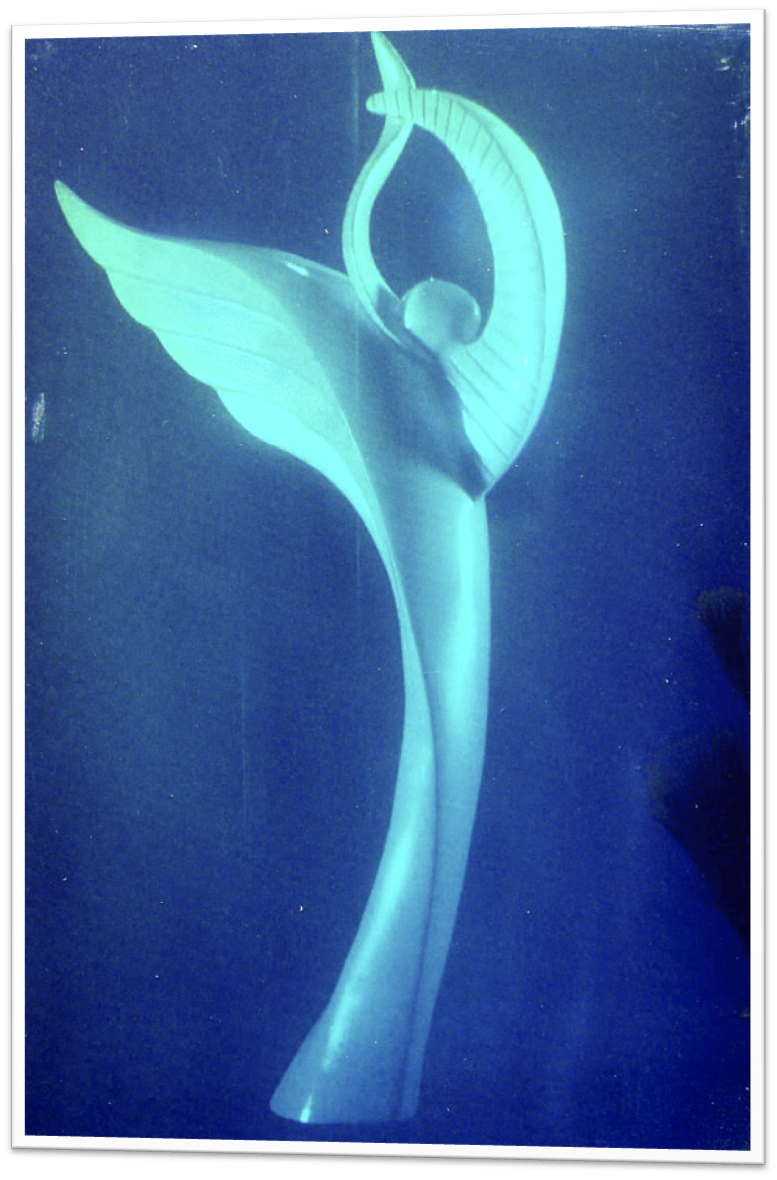Why B. subtilis?
|
|
|
This page offers a brief overview of how B. subtilis meets our main project specifications - to a much higher degree than E. coli! You will find information on the main mechanisms behind our biofabricator and some very interesting biology too. If you would like even more in-depth information, please click on Details under each section.
|
|
| Light Sensing
|
|
We need a trigger - a stimulus that our biofabricators can detect and respond to quickly - such that we can control the synthesis of our biomaterial in a set pattern in 3D.
Light is the most obvious candidate, as holography allows us to generate complex patterns with well defined edges in 3D. After examining a number of light sensing pathways, we decided to utilise a native pathway involving YtvA, which is a protein used by B. subtilis to detect blue light. YtvA triggers a cascade of interactions, but some way down the chain, a molecule called sigma B (σB) is produced. This, in turn, boosts the synthesis of YtvA.
We plan to over-express YtvA and use σB as a promoter for genes which stop movement and produce biomaterial. Therefore, when the bacteria detect blue light, those genes will turn on, the bacteria will stop and biomaterial synthesis will begin.
>>> Details >>>
|

|
| Motility
|
|
To achieve accurate distribution of our biofabricators, we must exert fine control over their motility. Bacteria's primary method of getting about is via flagellar locomotion. A protein ring on the cell membrane is attached to the flagellum and rotates during locomotion, acting like a propeller to push the cell through its environment.
The precise mechanism of how this works in B. subtilis has recently been elucidated. The flagella can be detached from the rotor by expression of a clutch molecule that interacts with the flagella and distorts it, so it is disengaged from the rotor protein. Control over the expression of this clutch should allow us to control the bacteria very quickly. When we want the bacteria to stop, we trigger expression of the clutch, which halts movement.
To draw a parallel with a car, currently available synthetic methods of stopping bacteria are akin to destroying the engine. Our method is analogous to putting the car into neutral - disengaging the engine from the driveshaft. It is an elegant solution that offers us quick control and also the opportunity for quick reversal (putting the car back into "drive").
>>> Details >>>
|
|
| Biomaterial Synthesis
|
|
After our bacteria are positioned correctly, they need to express a biomaterial. B. subtilis is Gram-positive, meaning it has only a single membrane as opposed to a double membrane in Gram-negative bacteria like E. coli. This means that the expression of a biomaterial is a lot more tractable; biomaterial can be produced and secreted more efficiently. With a double membrane, material may accumulate inside the cell and the efficiency of biomaterial production can be significantly lower.
Another important aspect of our biomaterial specifications is what we want to secrete. We did a lot of research on this and decided to express elastin peptides and EAK16-II. Both are small peptides and their molecular structures favour their self-assembly outside the B. subtilis cells to form 3D bio-scaffolds.
3D bio-scaffolds are very useful for tissue culture and regenerative medicine, as they offer a suitable 3D enviroment for implanted cells to grow and proliferate. A good analogy would be scaffolding used in the construction industry. Our blue-sky aim is to construct a genetically-engineered machine that can fabricate bio-scaffolds with precise 3D shapes, directed by 3D holography.
>>> Details >>>
|
|
|
|
|
So B. subtilis fulfils our main specifications perfectly, and can be made to meet our minor specifications with relative ease. On top of that, it does have other benefits, along with some challenges. These are listed on the next page, together with an overview of our development of B. subtilis as a chassis.
>>> Benefits vs Challenges >>>
|
|
|